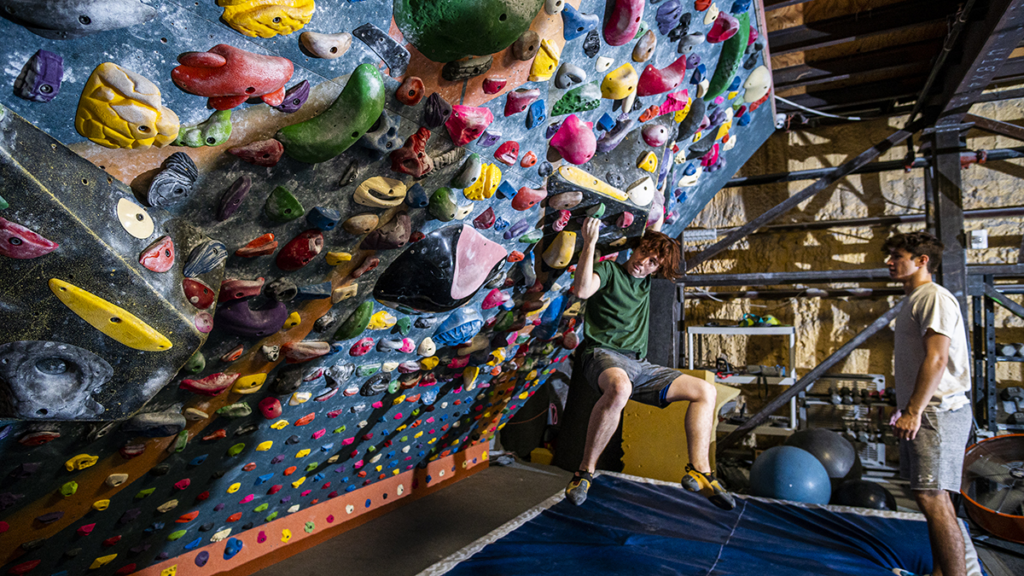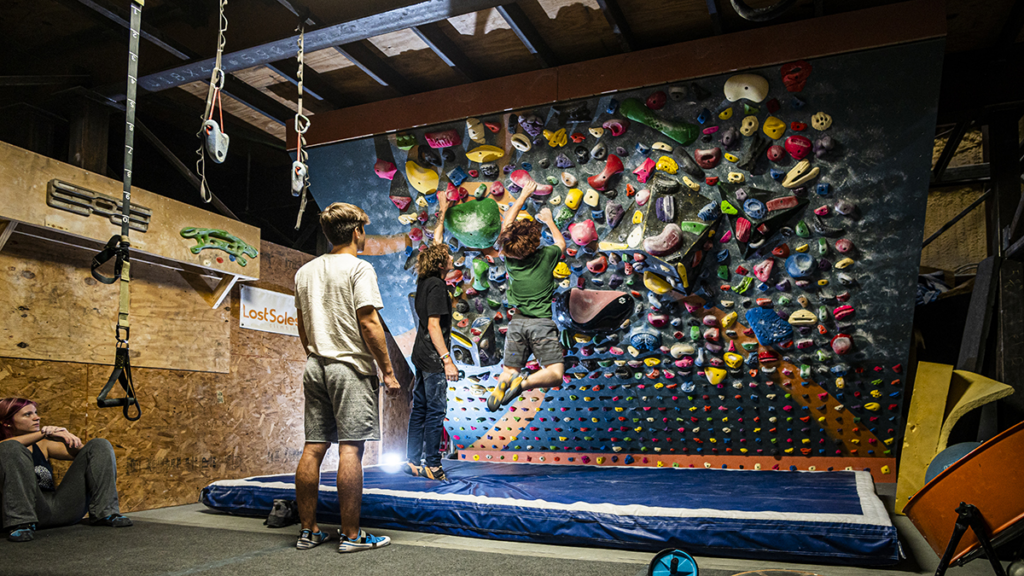Ever heard the term ‘beta?’ If you’ve begun spending your time within the climbing community, you inevitably have. Essentially, it is the term that encompasses the entire sequence of moves contained within a climb. If someone asks for ‘beta,’ they say, “What is your instruction manual on completing this?” or, “Do you have any tips?”
But how do you ‘talk beta?’ You could do it by providing vague descriptions like “well, left-hand goes there on that roundish hold. You know, the one just above that smallish, edgy red one?” However, that’s inefficient. Instead, it pays to learn the names and shapes of different types of climbing holds so that you can have an entire conversation in climbing lingo the next time someone approaches you to talk beta. Without further ado, dive into this manual.
Different Types of Climbing Holds

Crimps
These are small holds, with thin edges ranging from approximately one finger pad to half-a-finger pad deep. People either love or hate them, but they are great holds to pull hard on!
Slopers
These are rounded, somewhat circular holds that might look impossible to hold. They generally require you to utilize your entire hand to maintain a grip.
Pro Tip: Keep your elbow(s) tucked in and sit low (extended arms) to get the most/best leverage on a sloper until you’re ready to make the next move.
Pinches
When you think of a pinch, think of a somewhat rectangular hold that you could crab with a crab hand (fingers glued together while leaving your thumb mobile). Pinches can be any size but will all allow you to place all of your fingers on one side of the hold and wrap your thumb around the other.
Pro Tip: Squeeze pinches hard, or you’ll slip right off. Be prepared for the pump to hit quickly.
Side pulls
These are not technically a hold, but another hold type can become a side pull based on its positioning. Usually, the side pull is a crimp or jug, but the good part of the hold is angled left or right. You’ll pull on it like a crimp or jug, but you’ll leverage your weight from the side!
Pro tip: Turn your opposite hip (from the hand holding the side pull) into the wall to get the best leverage.
Jugs
The best holds on the wall because you can grab it with your whole hand and (jug)haul yourself up the wall. These holds are typically found on beginner-level climbs but can appear as a rest spot on more challenging rope climbs.
Pockets
These small holds only allow space for 2 or 3 fingers. It requires strong fingers to pull on a pocket, but they can make good footholds because they fit the toe of climbing shoes nicely!
A subset of pockets that requires years of training and strong finger tendons are monos. As the name implies, these pockets allow the climber to place one finger. Usually, climbers opt to utilize their middle or ring finger.
Undercling
Like side pulls, underclings are not technically a hold type. Instead, they become a hold when a jug or hold with a good edge to pull on is angled downwards. Underclings require you to pull up into them to gain leverage and thus engage your biceps.
Jib
These tiny holds are used primarily as footholds. However, sometimes they are good enough to grab like a crimp or pull on, and they often qualify as handholds on more challenging climbs.
Volume/Wall Feature
A volume is a large, block-like structure on the wall. It is considered a feature of the wall, and as long as the climb says ‘volume on,’ you can use any holdable edge/surface of the volume along the climb.
Crack
A crack is a vertical slit in the wall large enough to jam in your hands and feet. The tension created by jamming your hands into the crack allows you to pull yourself upward.

Mixed Hold Types
While it would be convenient if all holds fit into one of the above categories, that is not the case; instead, you will find hybrid holds that are likely a combination of the following: half crimp, half pinch, half sloper. Each of these is not quite the full version of their hold, but instead, you may end up with a slopey-crimp, slopey-pinch, or crimpy-pinch.
Phew! You made it through the run-down on the types of climbing holds you will encounter and will hear referenced repeatedly among climbers. But good news, now you’ll understand what they mean and can talk ‘beta’ with the next climber who approaches or climbs with you.
So find your climb and get crimpin’ and pinchin’! Let us know in the comments below what type of climbing hold is your favorite!

